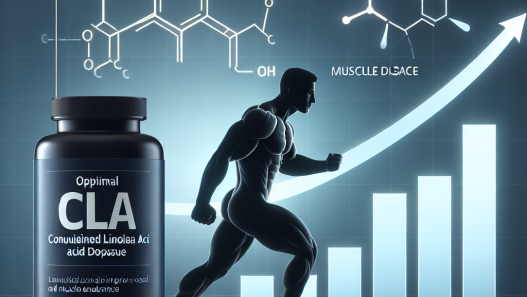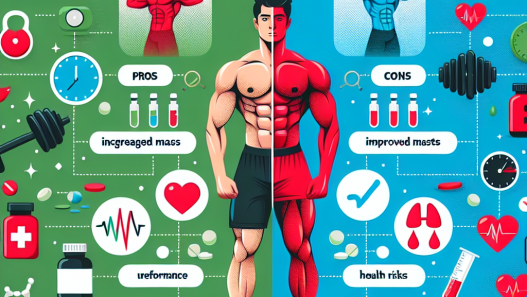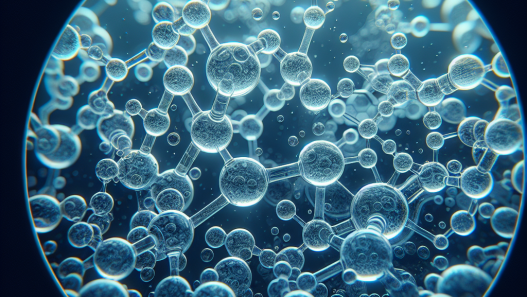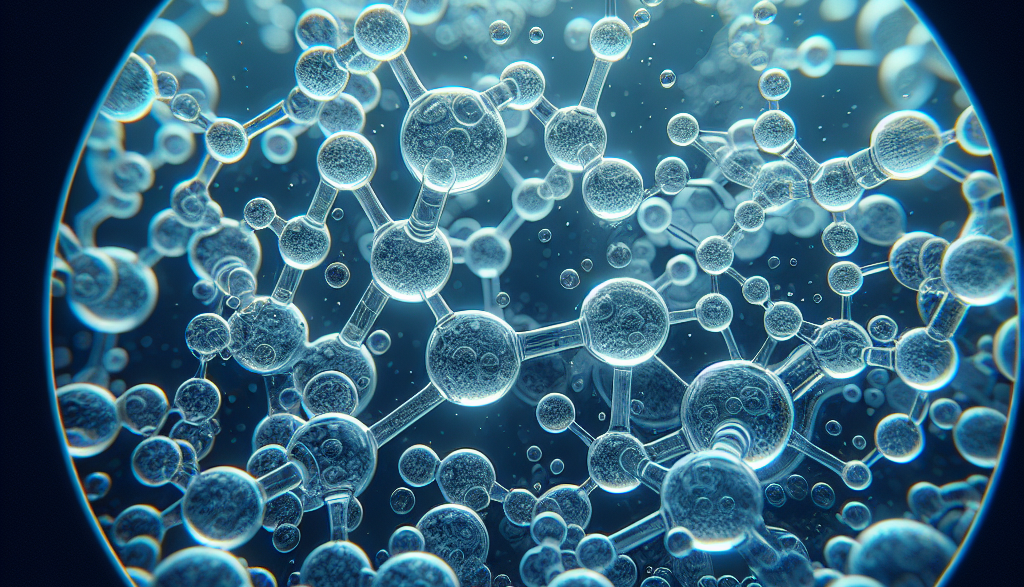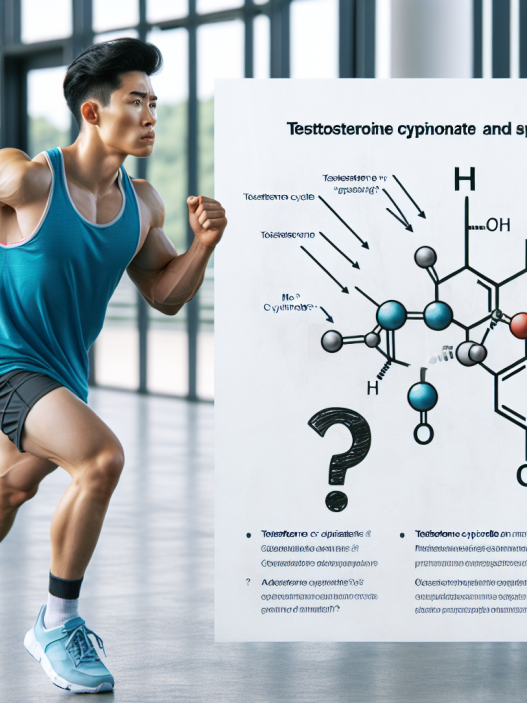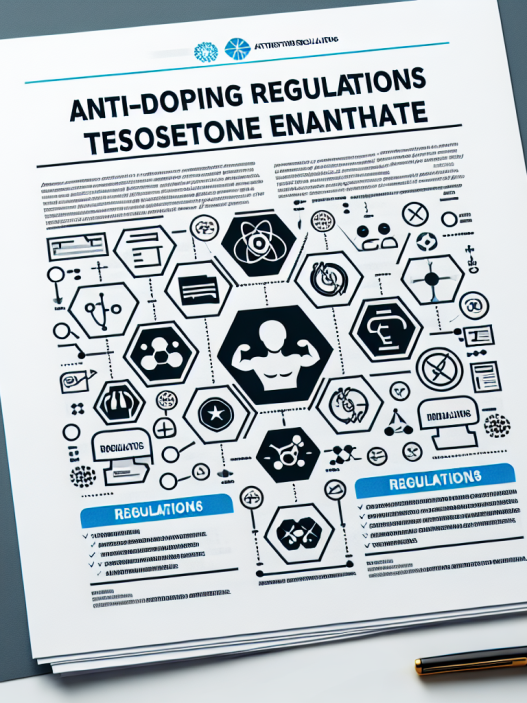-
Table of Contents
Aquous Testosterone Suspension: A Potential Doping Method in Sports
The use of performance-enhancing drugs in sports has been a controversial topic for decades. Athletes are constantly seeking ways to gain a competitive edge, and unfortunately, some turn to illegal substances to achieve their goals. One such substance that has gained attention in recent years is aquous testosterone suspension. This form of testosterone has been touted as a potential doping method in sports, but what exactly is it and how does it work? In this article, we will explore the pharmacokinetics and pharmacodynamics of aquous testosterone suspension and its potential impact on athletic performance.
What is Aquous Testosterone Suspension?
Aquous testosterone suspension is a form of testosterone that is suspended in water instead of oil. It is a synthetic version of the male hormone testosterone, which is responsible for the development of male characteristics such as muscle mass, strength, and endurance. This form of testosterone is typically administered through injection and is known for its rapid onset of action and short duration of action.
Unlike other forms of testosterone, such as testosterone enanthate or testosterone cypionate, which are esterified and have a longer duration of action, aquous testosterone suspension is unesterified and has a half-life of only 2-4 hours. This means that it is quickly absorbed into the bloodstream and metabolized by the body, resulting in a short-lived but potent effect.
Pharmacokinetics of Aquous Testosterone Suspension
The pharmacokinetics of aquous testosterone suspension are unique due to its unesterified form. When injected, it is rapidly absorbed into the bloodstream and reaches peak levels within 15-30 minutes. This rapid onset of action is what makes it appealing to athletes looking for an immediate boost in performance.
Once in the bloodstream, aquous testosterone suspension is quickly metabolized by the liver and converted into its active form, dihydrotestosterone (DHT). DHT is a more potent androgen than testosterone and is responsible for the anabolic effects of testosterone, such as increased muscle mass and strength.
Due to its short half-life, aquous testosterone suspension must be administered multiple times a day to maintain stable levels in the body. This can be challenging for athletes who must adhere to strict drug testing protocols, as the substance can be detected in urine for up to 2-3 days after administration.
Pharmacodynamics of Aquous Testosterone Suspension
The pharmacodynamics of aquous testosterone suspension are similar to other forms of testosterone. It binds to androgen receptors in the body, stimulating protein synthesis and increasing muscle mass and strength. It also has a direct effect on the central nervous system, increasing aggression and motivation, which can be beneficial for athletes in competitive sports.
One of the main reasons why aquous testosterone suspension is considered a potential doping method is its ability to rapidly increase muscle mass and strength. Studies have shown that a single dose of 100mg of aquous testosterone suspension can increase muscle strength by 5-20% within 24 hours (Kicman et al. 1992). This makes it an attractive option for athletes looking for a quick boost in performance.
Real-World Examples
The use of aquous testosterone suspension as a doping method in sports has been documented in several high-profile cases. In 2012, American sprinter Tyson Gay tested positive for the substance and was subsequently banned from competing for one year (Associated Press 2013). In 2016, Russian weightlifter Apti Aukhadov was stripped of his silver medal at the Olympic Games after testing positive for aquous testosterone suspension (Associated Press 2016). These cases highlight the prevalence of this substance in the world of sports and the potential consequences for athletes who use it.
Expert Opinion
According to Dr. Mark Jenkins, a sports pharmacologist and professor at the University of British Columbia, aquous testosterone suspension is a potent and dangerous substance that can have serious side effects on the body. “The rapid onset of action and short duration of action make it difficult to control and can lead to fluctuations in hormone levels, which can have negative effects on the body,” says Dr. Jenkins. “Athletes should be aware of the potential risks associated with using this substance and the consequences it can have on their health and career.”
Conclusion
Aquous testosterone suspension is a potent form of testosterone that has gained attention as a potential doping method in sports. Its rapid onset of action and short duration of action make it appealing to athletes looking for an immediate boost in performance. However, its use comes with serious risks and consequences, including potential health complications and bans from competition. As responsible researchers and athletes, it is important to educate ourselves and others about the dangers of using this substance and promote fair and clean competition in sports.
References
Associated Press. (2013). Tyson Gay gets 1-year ban for doping. USA Today. Retrieved from https://www.usatoday.com/story/sports/olympics/2013/05/02/tyson-gay-doping-ban-usada/2130325/
Associated Press. (2016). Russian weightlifter Apti Aukhadov stripped of Olympic silver medal for doping. The Guardian. Retrieved from https://www.theguardian.com/sport/2016/nov/17/russian-weightlifter-stripped-olympic-silver-medal-doping-apti-aukhadov
Kicman, A. T., Brooks, R. V., Collyer, S. C., Cowan, D. A., & Wheeler, M. J. (1992). Anabolic steroids in sport: biochemical, clinical and analytical perspectives. Annals of Clinical Biochemistry. 29(4), 351-369. doi: 10.1177/000456329202900402

